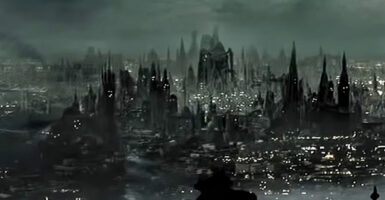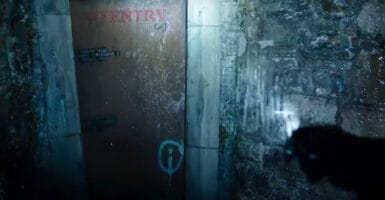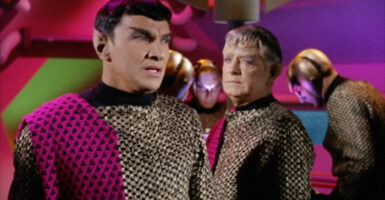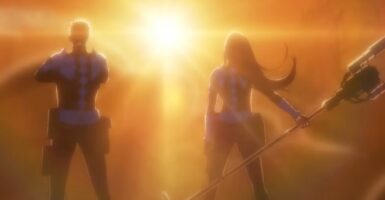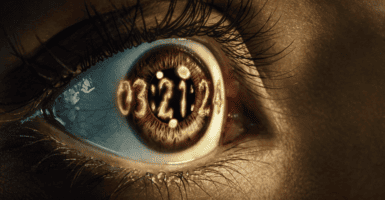Star Wars: Episode VII Finds A Cinematographer, Will Shoot With 35mm Film
This article is more than 2 years old
 It seems as if Star Wars: Episode VII is returning to its roots even without George Lucas. A few weeks ago at the Star Wars Celebration Europe in Germany, Lucasfilm President Kathleen Kennedy said that Episode VII would focus on story. She added that the seventh installment in the Star Wars saga would incorporate practical effects whenever possible, rather than relying on flashy CGI like the prequels. It appears director J.J. Abrams is fully on board with these notions, because the 47-year-old director will be shooting Star Wars: Episode VII on 35mm film stock rather than using digital cameras.
It seems as if Star Wars: Episode VII is returning to its roots even without George Lucas. A few weeks ago at the Star Wars Celebration Europe in Germany, Lucasfilm President Kathleen Kennedy said that Episode VII would focus on story. She added that the seventh installment in the Star Wars saga would incorporate practical effects whenever possible, rather than relying on flashy CGI like the prequels. It appears director J.J. Abrams is fully on board with these notions, because the 47-year-old director will be shooting Star Wars: Episode VII on 35mm film stock rather than using digital cameras.
According to Boba Fett Fan Club, cinematographer Dan Mindel has been announced as J.J. Abrams’ director of photography on Star Wars: Episode VII. The announcement came during an industry event in Los Angeles, and further revealed that Abrams and Mindel would use Kodak film stock 5219 to shoot the new Star Wars movie.
Dan Mindel has worked with Abrams on the films Mission: Impossible III, Star Trek, and Star Trek Into Darkness. Mindel also had a long-time collaboration with the late Tony Scott on the films Crimson Tide, Enemy of the State, Spy Game, and Domino. His most recent work can be seen in the upcoming The Amazing Spider-Man 2 for director Marc Webb.
During a producers’ conference back in June, J.J. Abrams talked about working with 35mm film stock instead of making the transition to digital photography like a majority of Hollywood directors. “I have not yet shot a movie digitally. Film is the thing I am most comfortable with. If film were to go away — and digital is challenging it — then the standard for the highest, best quality would go away,” said Abrams.
According to The Playlist, back in 1999 George Lucas incorporated the first digital shot in a major Hollywood movie with The Phantom Menace. If you remember the scene at the very beginning of the film when poisonous Dioxis gas enters the room where Qui-Gon Jinn and Obi-Wan Kenobi are waiting, that was the first digital shot. Lucas exclusively used digital cameras and photography to shoot Attack of the Clones and Revenge of the Sith. And, of course, the digital visual effects increased as the prequel trilogy unfolded.
While it’s unclear if shooting Star Wars: Episode VII with 35mm film stock will make it a better movie, it will be refreshing to watch a Star Wars movie that isn’t so effects driven. The best things about the prequel trilogy was how it advanced cinematic technology, but it did so at the cost of the story and characters. It seems J.J. Abrams isn’t interested in advancing film-making technology like George Lucas, but it’s good to see a Star Wars movie getting back to basics.
Star Wars: Episode VII will hit theaters sometime in 2015.
